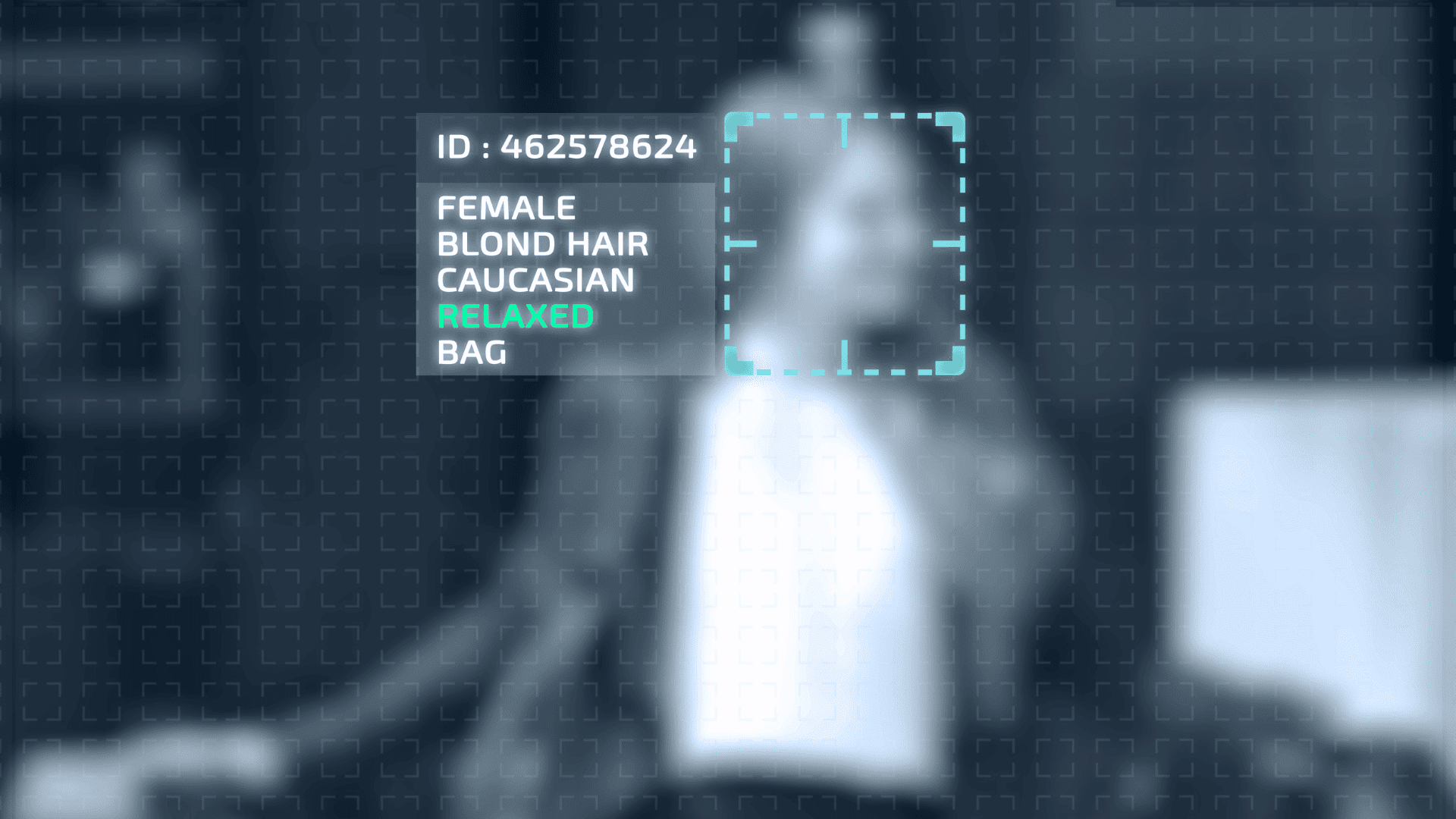In This article
Pattern recognition refers to systems’ or people’s ability to detect consistent trends, repeated behaviors, or anomalies within large data sets. In a security or business environment, this could mean noticing that theft incidents always occur at the same time of day, that foot traffic spikes before promotions, or that a particular team regularly falls short on compliance checks.
Traditionally, a human-driven process, it is now powered by artificial intelligence, video analytics, and cloud platforms that can process enormous volumes of information in real time. Pattern recognition becomes a powerful tool for risk mitigation and performance optimization when paired with surveillance footage, access logs, sales transactions, and other operational data.
How Pattern Recognition Works in Business Security
In the context of surveillance and operations, pattern recognition can:
- Identify suspicious activity, such as repeated loitering, unauthorized access, or unusual movement patterns.
- Reveal trends in shrink or loss events, helping security teams pinpoint recurring vulnerabilities.
- Track customer or employee behaviors to optimize store layouts, service areas, or staffing models.
- Detect operational inefficiencies like repeated food prep, restocking, or cleaning delays.
By identifying patterns across time, locations, or departments, businesses gain insight into underlying issues that may not be obvious from isolated incidents.
AI and Pattern Recognition
Artificial intelligence plays a crucial role in pattern recognition. Machine Learning (ML) algorithms can be trained to identify specific patterns, such as abnormal motion, crowd buildup, tailgating through access points, or repeated product returns, and generate alerts when those behaviors are detected.
These systems can also perform predictive analysis, using historical data to forecast future outcomes. For example, by analyzing previous theft incidents, an AI-powered platform might predict the days, times, or locations most at risk for future loss, allowing managers to adjust staffing or security measures proactively.
When integrated with case management and audit tools, pattern recognition improves investigative workflows, helping teams connect seemingly unrelated events and uncover deeper insights.
Benefits of Pattern Recognition in Business
When businesses leverage pattern recognition effectively, they benefit from:
- Faster detection of risks and irregularities.
- More informed decision-making based on trends.
- Improved loss prevention and incident forecasting.
- Stronger operational efficiency across departments.
- Actionable intelligence that supports long-term improvement.
Pattern recognition is a catalyst for change, helping transform typically reactive operations into proactive strategies. It turns everyday surveillance and performance data into meaningful action, empowering businesses to be more strategic and forward-thinking in their approach.
Find the Signals in the Noise with DTiQ
DTiQ uses intelligent video, analytics, and AI to help businesses recognize patterns that matter, from theft trends and compliance violations to customer behavior and team performance. With VIDEOiQ, you don’t just capture video, you turn it into actionable insight that protects assets and drives smarter decisions across every location. To learn more, visit our website.





























